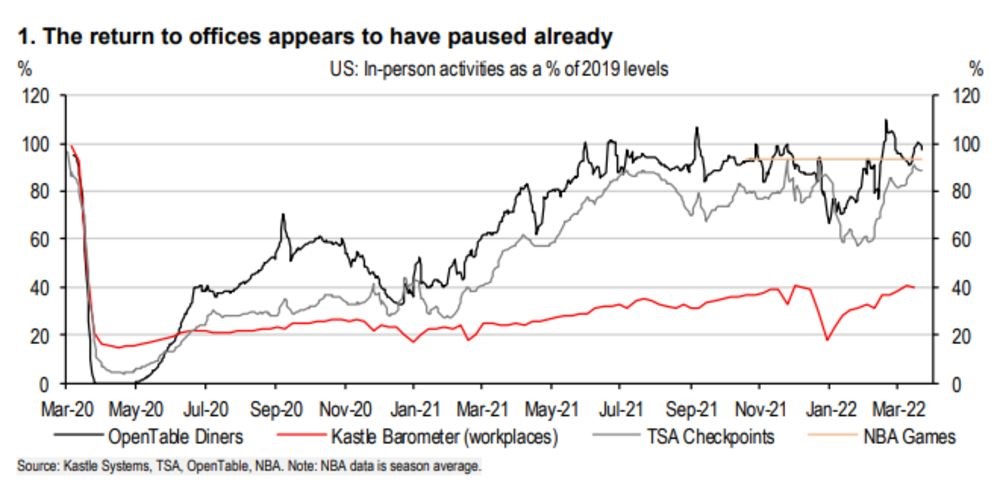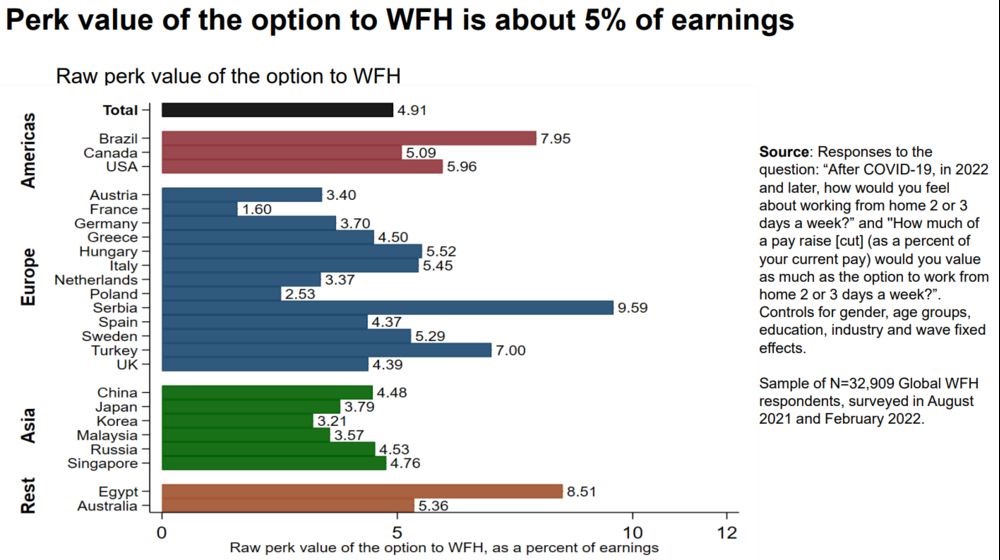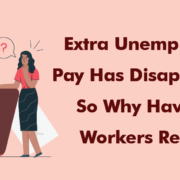Hiring and Labor Market Update
A lot of information has been published recently on the latest state of the labor market and hiring. Here are the highlights as it relate to agencies
- 428,000 jobs were added in April, marking the 12th straight month of gains exceeding 400,000 (Labor Department).
- Lower wage employers dominated the hiring market (Restaurants, hotels, leisure and hospitality).
- Average pay has increased 5.5% in the last 12 months.
- 63 million employees have been added in the last 12 months – an all-time record. However, the total 1.2 million employees are still missing compared with 2019. Vaccinations and higher pay has lured employees back, but child-care and early retirement continues to reduce the size of the available labor pool. The share of under 54 is about the same as in 2019, but the share of 55+ is down.
- COVID fears continue to deter people from working. 3 million potential workers may fall into this group.
- There were 11.5 million job openings.
Worried about retention? Amazon has a 100% turnover rate for hourly paid employees, according to the New York Times.
According to MITC data from 100 providers with 40,000+ employees:
- Employee termination rates increased to 42.82%, lower than some surveys report but more than enough to cause significant problems for many providers. Surveys are generally not as accurate as real data.
- However, for providers, turnover felt worse because many providers were unable to fill a record number of positions! The 100 providers had 1,635 more terminations than new hires during the year, the highest number since MITC started complying these statistics (4 years).
- The rate of new hires was therefore lower than the termination rate at 36.12%.
- Termination rates varied widely by provider
- 4 providers had termination rates of over 8%.
- 6 providers had termination rates less than 20% but these providers managed self-directed programs.
Providers need to update job descriptions and hiring follow up procedures. Software is not usually the problem; content and communication is often not adequate.








 2018 MITC
2018 MITC